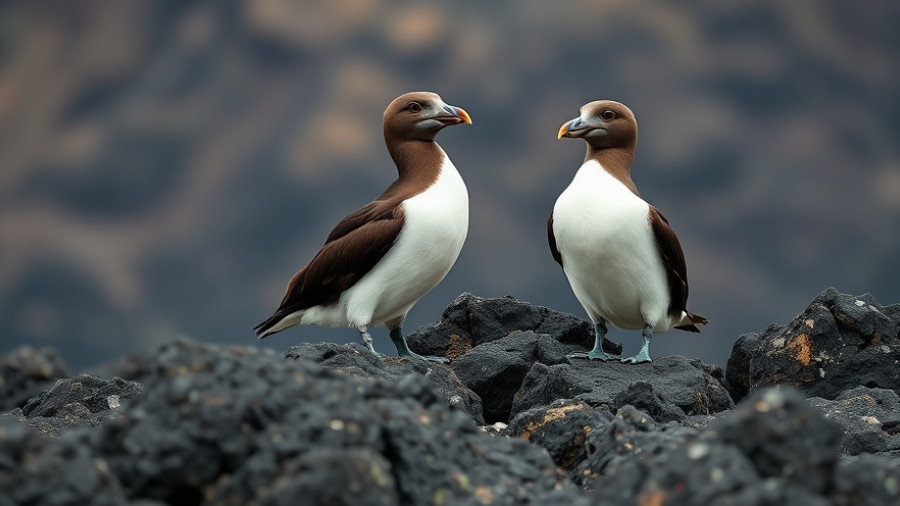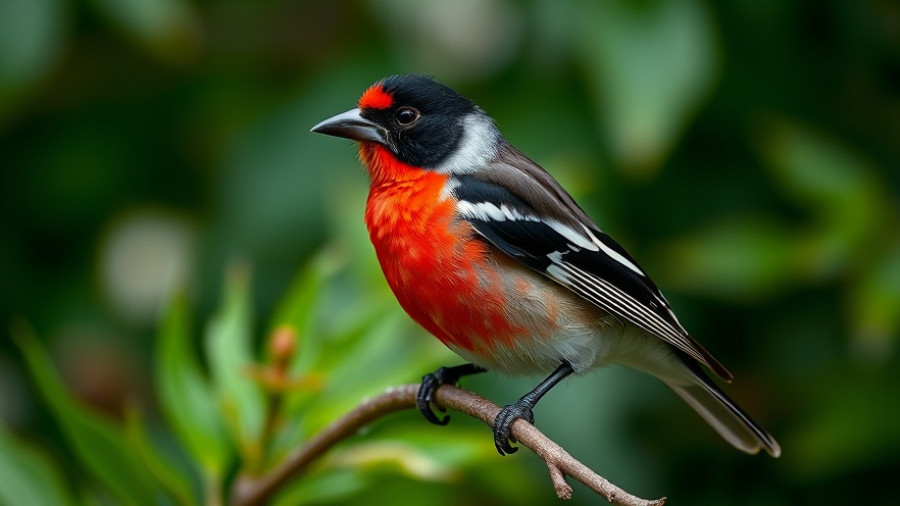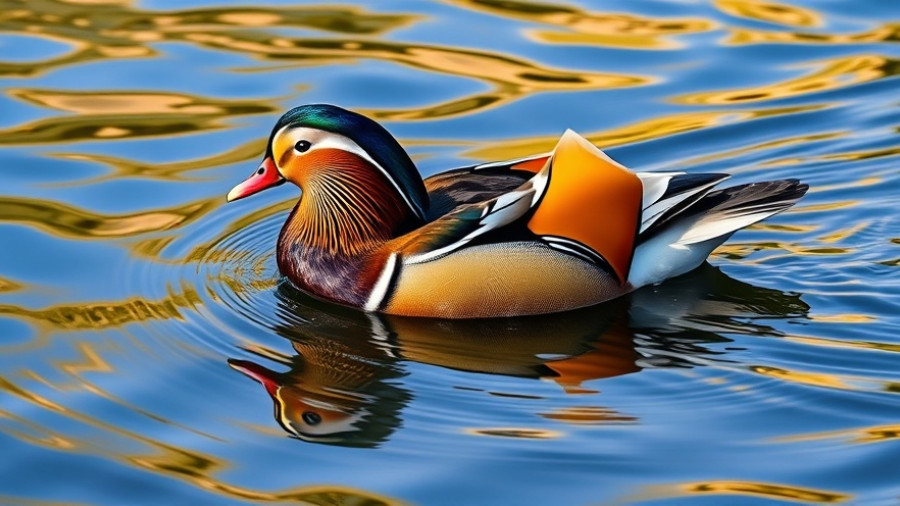
Urban Birds: Our Unexpected Neighbors
In the hustle and bustle of city life, we often overlook the avian residents that cohabit our urban landscapes. Birds like pigeons, geese, and gulls may not have the most glamorous reputations, yet they play vital roles in our ecosystem. Nicole Jackson, an environmental educator, emphasizes the importance of recognizing these cosmopolitan creatures, who thrive despite the challenges of urbanization.
Resilience in the Face of Challenges
Pigeons, frequently derogatorily referred to as 'rats with wings', are actually remarkable navigators. Historically used as messengers, their ability to find their way home across vast distances showcases their adaptability. Meanwhile, gulls, often found scavenging along beaches, contribute significantly to waste management by consuming food scraps, thus helping keep our urban areas cleaner.
A Lesson in Adaptability
The presence of geese in our parks can be a bit daunting due to their assertive behavior, but they also serve a purpose. They help maintain green spaces by grazing on grass and weeds while exemplifying strong familial bonds during their parenting period. These urban birds remind us that despite the pollution and climate change affecting their habitats, they continue to flourish in our cities. They teach us the importance of resilience and adaptation in an ever-changing environment.
How to Show Our Appreciation
As city dwellers, it’s easy to dismiss these birds as nuisances. However, respecting their space and supporting conservation efforts can make a significant difference. By recognizing their contribution to urban ecosystems, we can celebrate the vibrancy that birds bring to our lives. They are not mere inhabitants of our cities; they are valuable members of our urban community.
Join the Celebration!
As we gear up for BirdNote’s Year-end Celebration, featuring a unique bird illustration battle, let's take a moment to reflect on our feathered friends. This event is a chance to celebrate the urban avian community and support local conservation efforts. Embrace the beauty of the birds around you, and remember—the city is alive with their stories, waiting to be told.
 Add Row
Add Row  Add
Add 




Write A Comment